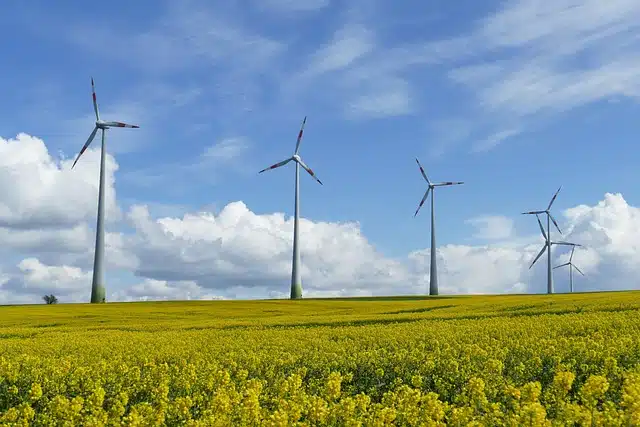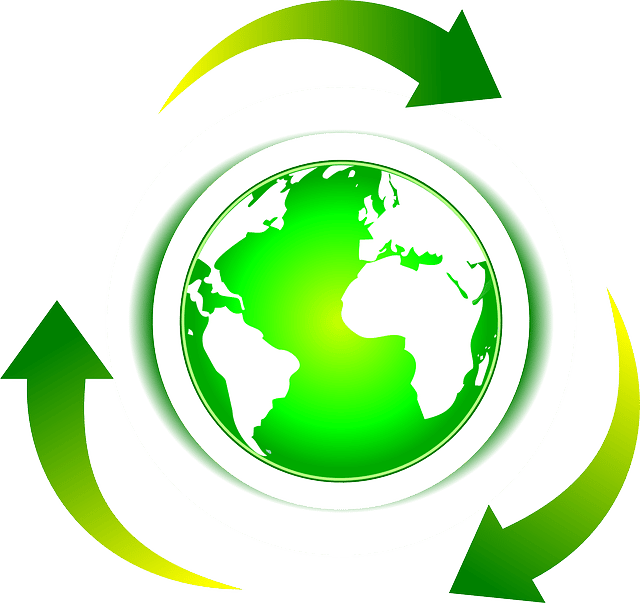
A renewable resource regenerates naturally. For example: wind, which allows obtaining wind energy.
The adjective renewable refers to that which has the possibility of being renewed . The verb renew , for its part, is linked to returning something to its first state or leaving it as new.
The idea of renewable (and the opposite notion of non-renewable ) is usually used to refer to various types of resources or energies , according to the chances of restoration or renewal through a natural process.
renewable resources
From this definition it follows that a renewable resource is an element or tool that the environment can replenish or regenerate at a speed similar to or even faster than its consumption or use by man.
Take the example of soybeans . This resource is exploited by humans for various purposes (food, creation of fuel, etc.), but it can be obtained again through new plantations. It is, therefore, a renewable resource.
Oil , on the other hand, is a non-renewable resource since, once the available reserves on Earth are exhausted, there will be no way to restore them. Oil cannot be created under any process or mechanism, unlike soybeans.
Its restoration
The possibility of restoring renewable resources, however, usually depends on their management. Wood is a renewable resource (it comes from trees that can be planted) but, if it is consumed at a higher rate than its production, it can disappear.
Renewable energy , for its part, is that which is obtained from natural sources that are virtually inexhaustible (due to their ability to regenerate naturally or due to the large amount of energy they possess). Solar energy , wind energy , and hydroelectric energy are examples of renewable energy.

The terms renewable and recyclable do not refer to the same thing.
Renewable and recyclable
Renewable y recyclable son dos términos que a menudo se confunden; sin embargo existen diferencias entre ambos que es importante conocer.
A renewable natural resource is one that can be used without fear of running out and that does not need to be stored in order to regenerate; In this way, plants carry out their life cycle and renew themselves without it being necessary to store them, and water also does so incessantly.
For its part, a recyclable material is one that, having been used for a specific purpose, can be stored and, after undergoing an industrial process, become another product that fulfills various functions but is developed with the same material. For example, a glass wine bottle, once it no longer fulfills its function of containing this drink, can be recycled to turn it into another product from recycling ; either through a casting process that would lead to perhaps converting it into another bottle or jar or in a homemade way, being decorated and turned into a vase or other element.
To give some examples: plastic, paper and rubber are recyclable materials, while trees, photovoltaic and wind energy are renewable .
The case of paper
At this point it is necessary to clarify that paper is a renewable and recyclable element .
It is said to be renewable because the raw material from which it is obtained, the trees, can be replanted after having been consumed; unlike others, such as fossil fuels that run out and cannot be renewed .
It is stated that it is recyclable, in turn, since it can be accumulated and transformed to be used for other purposes, presenting an almost perfect utility cycle.
The paper is natural because it contains 100% raw materials from nature; We could also keep in mind the important mission of trees on the planet, being responsible for oxygenating the air and allowing life as we know it . Did you know that 1kg of paper contains 1.3kg of CO2?
